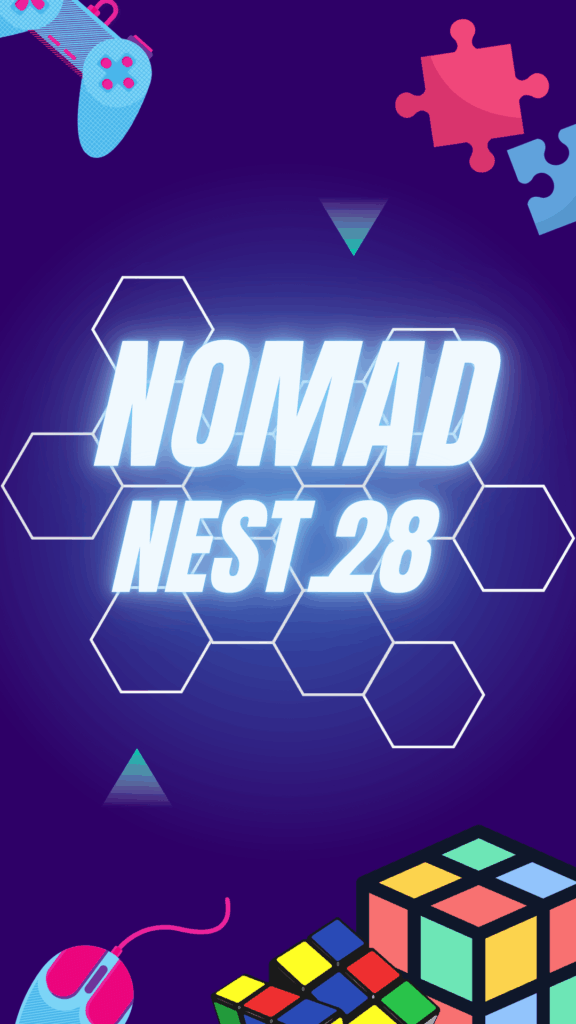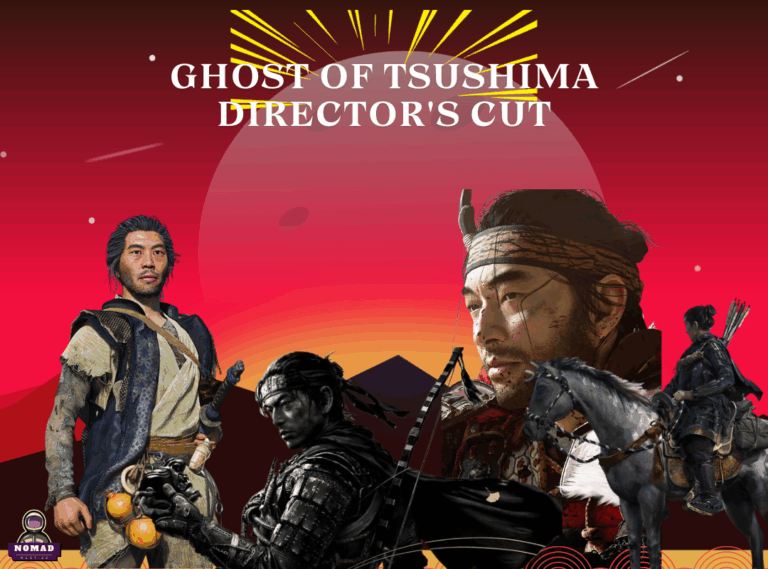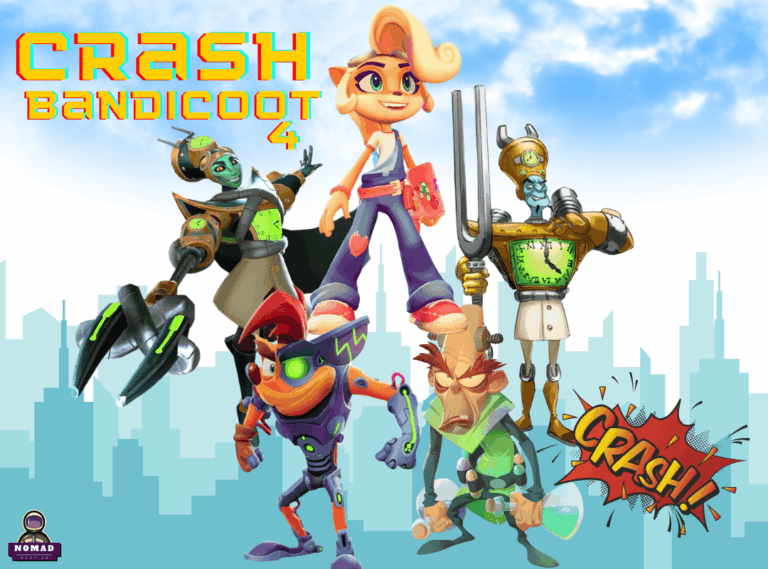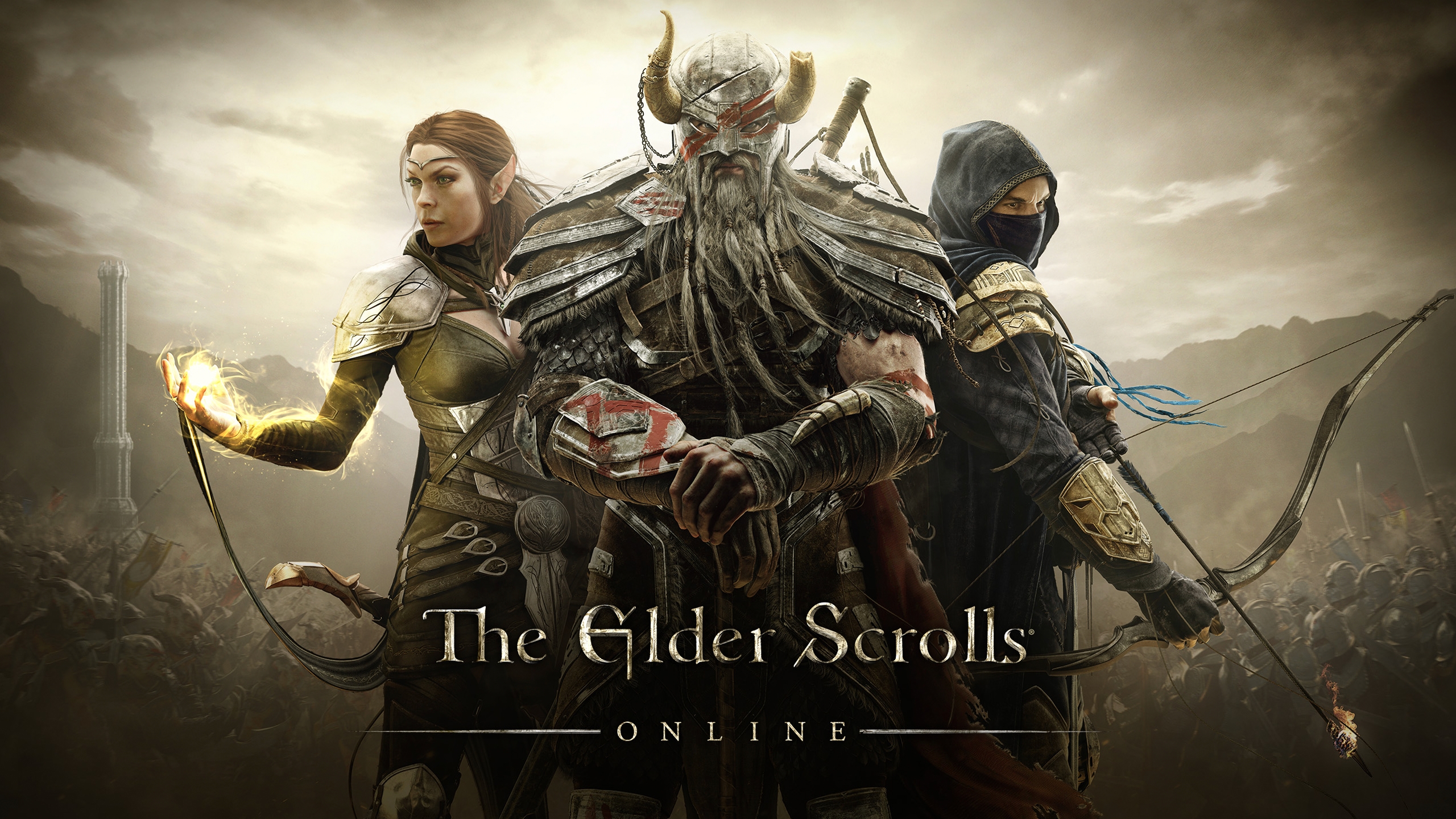
Source: gaming-cdn.com
The Elder Scrolls Online (ESO) is a massively multiplayer online role-playing game (MMORPG) set in the expansive universe of The Elder Scrolls series. Developed by ZeniMax Online Studios and published by Bethesda Softworks, the game was first released in April 2014 and has since grown into one of the most popular MMORPGs on the market. ESO offers players the chance to explore the continent of Tamriel with friends or solo, participating in quests, battles, crafting, and exploration. Unlike single-player Elder Scrolls titles such as Skyrim or Oblivion, ESO is designed to be played online with thousands of other players interacting in a persistent world.
Game Genre and Core Mechanics
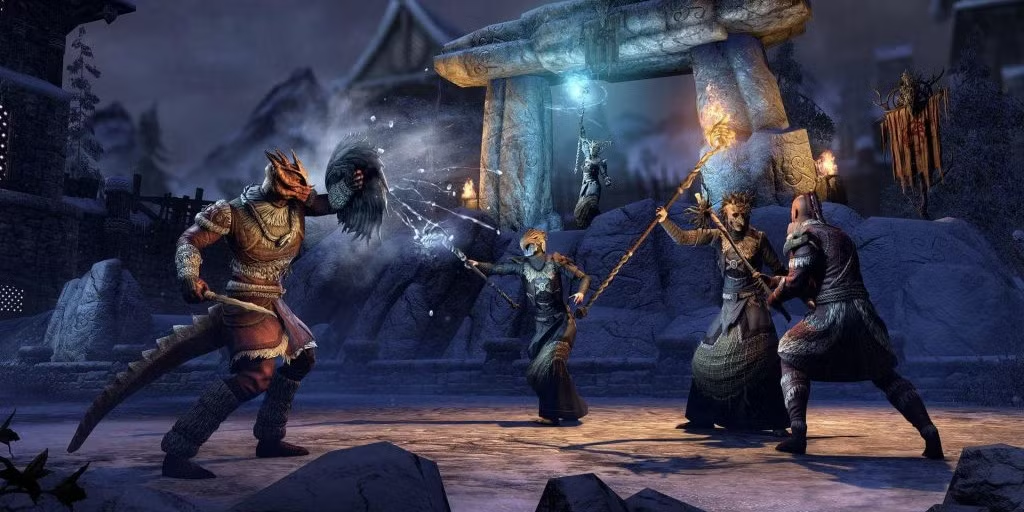
The Elder Scrolls Online falls into the MMORPG category but integrates many elements from open-world and sandbox-style games. Players create their own characters, choosing from various races and classes, each with unique abilities, strengths, and weaknesses. From the beginning, the game offers a high degree of freedom — you can follow the main storyline, engage in side quests, or simply wander through Tamriel discovering hidden locations.
In ESO, combat is a mix of traditional MMORPG mechanics and action-oriented gameplay. Unlike many MMORPGs that rely heavily on target locking and hotkey combat, ESO’s system allows for active blocking, dodging, aiming, and real-time attacks. This hybrid approach makes battles more engaging and dynamic.
Setting and World-Building
ESO takes place roughly 1,000 years before the events of The Elder Scrolls V: Skyrim, during a period known as the Second Era. The continent of Tamriel is divided into several provinces, each belonging to a different alliance or faction. The three main alliances — the Aldmeri Dominion, the Daggerfall Covenant, and the Ebonheart Pact — are in constant competition for control over the Ruby Throne in the Imperial City.
The game world is enormous, featuring a wide range of environments from snowy mountains and dense forests to volcanic wastelands and tropical coasts. Each region reflects the culture, architecture, and politics of the races that inhabit it, making exploration both visually and narratively rewarding.
Gameplay Modes
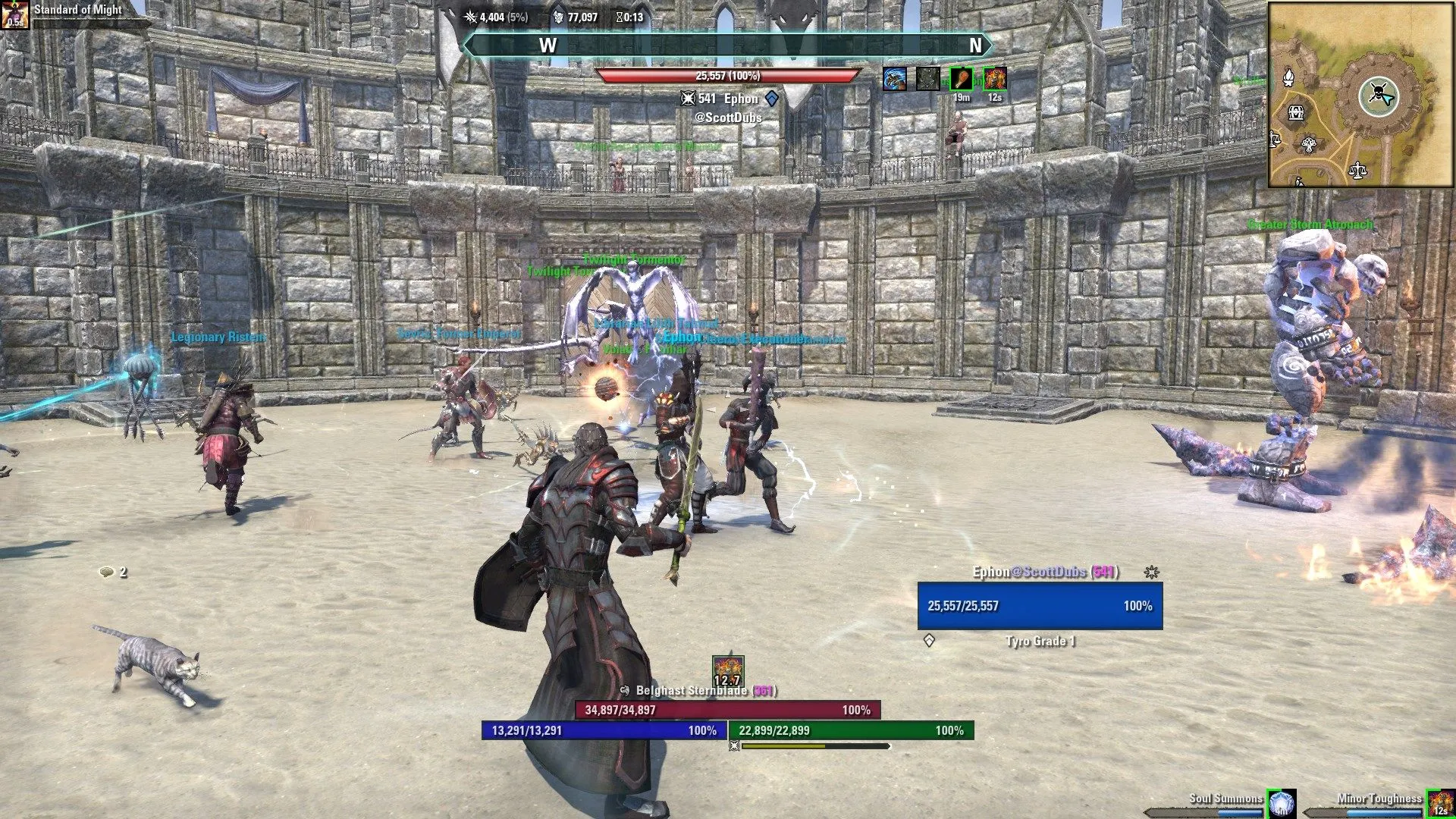
ESO offers multiple gameplay modes to suit different player preferences.
Questing and Story Campaign
The main storyline revolves around the player’s quest to recover their soul from the Daedric Prince Molag Bal. Along the way, players uncover deep political conspiracies, ancient prophecies, and personal challenges that shape their character’s destiny. In addition to the main quest, hundreds of side quests and guild storylines provide endless hours of content.
Player vs. Environment (PvE)
PvE activities in ESO include solo questing, group dungeons, and public events such as world bosses and dolmens (Daedric invasion points). Group dungeons require teamwork and strategy, often ending with challenging boss fights that drop rare loot and crafting materials. Trials, which are ESO’s version of raids, offer even larger-scale PvE challenges for up to 12 players.
Player vs. Player (PvP)
PvP is centered in the vast region of Cyrodiil, where the three alliances wage war for territorial control. Players can participate in large-scale sieges, capture keeps, and engage in open-world combat. The game also offers Battlegrounds, smaller-scale competitive matches with different objectives such as deathmatch or capture-the-flag.
Customization and Progression
Character customization in ESO is highly detailed, allowing players to modify physical appearance, race, class, and combat style. Each class — such as Dragonknight, Sorcerer, Nightblade, and Templar — has three distinct skill lines, and players can further diversify their abilities through weapon skills, armor skills, and guild abilities.
ESO features a level system, but progression doesn’t stop once you hit the level cap. The Champion Points system allows players to continue enhancing their characters across nine different skill constellations, providing bonuses to damage, defense, crafting, and utility.
Crafting and Economy
Crafting plays a major role in ESO’s economy. Players can learn and master multiple professions, including blacksmithing, woodworking, clothing, alchemy, enchanting, and provisioning. Crafted gear can be customized with traits, enchantments, and set bonuses, often rivaling or surpassing dungeon loot in power.
The in-game economy is largely player-driven, with trading conducted through guild stores rather than a central auction house. This creates a competitive market where traders specialize in sourcing rare materials, crafting high-demand items, and selling them for profit.
Expansions and Updates
ESO operates on a “buy-to-play” model with optional subscription benefits through ESO Plus, which grants access to all DLC, extra crafting storage, and bonus currency. Since its launch, the game has released multiple expansions (called Chapters) such as:
- Morrowind – Introduced the Warden class and the island of Vvardenfell.
- Summerset – Added the Psijic Order skill line and the Summerset Isles region.
- Elsweyr – Featured dragons and the Necromancer class.
- Greymoor – Explored the dark heart of Skyrim with a gothic theme.
- Blackwood – Introduced the Companions system, allowing players to recruit NPC allies.
- High Isle, Necrom, and other updates have continued expanding the story and world.
Why The Elder Scrolls Online Stands Out
Several factors make ESO unique among MMORPGs:
- Freedom of Exploration – You can visit almost any zone at any time thanks to level-scaling.
- Rich Lore – ESO draws from decades of Elder Scrolls history, appealing to both new players and long-time fans.
- Dynamic Combat – The active combat system provides a more engaging experience compared to tab-target MMOs.
- Constant Updates – Regular content drops keep the game fresh and maintain an active player base.
FAQ
1. What is The Elder Scrolls Online (ESO)?
The Elder Scrolls Online is an MMORPG (Massively Multiplayer Online Role-Playing Game) set in the fantasy world of Tamriel. Players can explore vast territories, complete quests, join guilds, and fight alongside or against other players online.
2. Is The Elder Scrolls Online free to play?
ESO isn’t a completely free game. You’ll need to purchase the base game, but there’s no mandatory subscription fee to play. There’s also an optional service called ESO Plus that provides access to DLC and other bonuses.
3. Do I have to play the game online?
Yes, The Elder Scrolls Online is exclusively online, as all content and interactions are hosted on official servers.

